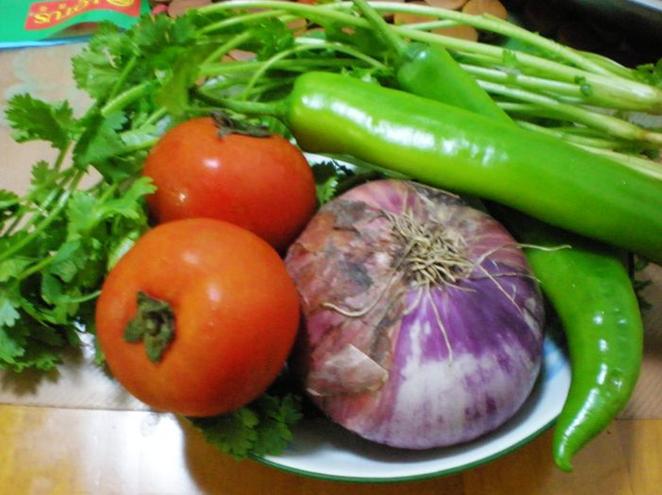How to Blanch Vegetables

Blanching is the scalding of vegetables in boiling water or steam. Blanching slows or stops the action of enzymes.
Up until harvest time, enzymes cause vegetables to grow and mature. If vegetables are not blanched, or blanching is not long enough, the enzymes continue to be active during frozen storage causing off-colors, off-flavors and toughening.
Blanching time is crucial and varies with the vegetable and size of the pieces to be frozen. Under-blanching speeds up the activity of enzymes and is worse than no blanching. Over-blanching causes loss of flavor, color, vitamins and minerals.
- Drop cut and cleaned vegetables, such as green beans, into a large amount of rapidly boiling water.
- As soon as the vegetables begin to brighten in color, remove them from the boiling water with a strainer, slotted spoon or tongs. Depending on the vegetables being blanched, cooking time can take from less than a minute to up to 3 minutes.
- To stop the cooking process, plunge vegetables into a large bowl of ice water until they are cooled.
Blanching can be done ahead of time if you are going to use the vegetables for cooking. Or crisp blanched vegetables can be either chilled or served immediately.

